Direct metal laser sintering (DMLS) is a metal additive manufacturing technology that belongs to the powder bed fusion (PBF) category of 3D printing and is similar to the SLS process. In DMLS, however, metal powders are used instead of plastic powders to create highly complex metal parts that can be used both for functional prototypes and production parts.
Direct metal laser sintering technology is similar to Selective laser melting (SLM) technology, but the difference between both processes is the temperature used for metal powder fusion. SLM, as the name suggests, heats the metal powder until it fully melts into a liquid. DMLS does not melt the metal powder but sinters heat particles enough so that their surfaces weld together. Anyway, both terms (SLM and DMLS) are often used interchangeably in the 3D printing industry.
How DMLS Works?
Direct Metal Laser Sintering (DMLS) is an additive manufacturing process that builds fully dense metal parts layer by layer by selectively fusing metal powder using a laser. The process includes four main stages: design preparation, powder spreading, laser sintering, and post-processing.
Watch: How DMLS Works — Step-by-Step Metal 3D Printing Explained
1. Design Preparation
- A 3D CAD model is imported.
- The model is sliced into ultra-thin cross-sectional layers.
- Support structures are generated where needed to stabilize overhangs.
2. Powder Layering
- A 30–60 micron layer of metal powder is evenly spread across the build platform.
- An inert gas atmosphere (e.g., argon or nitrogen) is maintained to prevent oxidation.
3. Laser Sintering
- A high-powered laser is directed onto the powder bed to fuse the material according to each layer’s geometry.
- After each layer is completed, the build platform is lowered, and a new layer of powder is applied.
- This process is repeated until the full part is built.
4. Cooling and Post-Processing
- The build chamber is cooled down gradually.
- Unfused powder is removed using compressed air or vacuum systems.
- The build plate is typically heat-treated to relieve internal stresses.
- Supports are removed manually or by machining.
- Surface finishing is applied as needed (e.g., bead blasting, polishing, or CNC machining).
DMLS produces solid, fully dense metal parts that can be treated just like conventionally manufactured metal components.
Materials for DMLS 3D Printing
Among the most generally used metal materials for DMLS, Xometry offers:
- Aluminium: such as AlSiMG
- Steel: such as Tool Steel MS1, Stainless Steel 17-4, Stainless Steel 316L
- Inconel: such as Inconel 718
Advantages of DMLS Technology
When coming to DMLS, these are the most important factors that make it standalone:
DMLS Allows Complex Designs
A main advantage of DMLS is the ability to manufacture parts that cannot be or are too expensive to be made using traditional manufacturing techniques. DMLS full potential can be seen when engineers design parts with complex geometries, such as integrated fastening features, long and narrow channels or mesh structures. DMLS facilitates all-in-one assemblies that reduce the number of parts, assembly time and rate for failures by combining multiple parts into a single design.

Quick Turnaround Time
The normal conventional process requires a lot of time to set the tool up before manufacturing which involves jigs and fixtures whereas, in DMLS, the part can be printed on-demand without any ramp up or tooling, resulting in shorter lead time compared to CNC machining. The combination of the reduced lead time and the efficient prototyping process reduces the turnaround time. This is one of the biggest advantages of DMLS.
DMLS Use Lightweight and Durable Components
Parts manufactured from super alloys like Inconel 718, AlSi10Mg and Cobalt-chromium, are known to be lightweight compared to their conventionally machined counterparts. As an example, GE’s renowned 3D printed fuel nozzles for its LEAP family of engines used to be made from 20 discrete parts coming from independent suppliers but using direct metal laser sintering (DMLS) resulted in a single-piece component which is 25 per cent lighter and five times stronger than the original parts.
DMLS Allows Less Wastage
Metal powders that are untouched by the laser can be recycled and reused. Powder recycling also results in reduced prices. The waste produced is significantly less compared to a conventional process like CNC where a lot of waste is generated in the form of chips that are produced as a result of machining a metal according to a required design from a metal block and are very tough to recycle.
Considerations About DMLS Technology
Apart from the advantages of DMLS, there are a few considerations. The biggest competitor to DMLS would be the traditional machining technologies like CNC.
DMLS Needs Support Structures
Since DMLS belongs to the powder-based fusion category, support structures are inevitable and need to be removed in the end with the help of post-processing. During post-processing, the metal printed part is treated similar to a raw metal part manufactured conventionally and which means the part manufactured by DMLS is not ready to use and needs some work.
DMLS Parts Have a Grainy Surface Finish
DMLS printed surfaces won’t be as smooth as surfaces with CNC machining, and that it won’t be as easy to produce the desired surface textures. If post-processing needs to be done to enhance the finish and improve the aesthetics, the cost also increases accordingly.

Expensive Serial Production of DMLS Parts
Mass production is still a huge deciding factor across the industries and this is where DMLS lags behind compared to traditional techniques and the speed at which a 3D printer can assemble an object is no match to the conventional assembly line. Hence, DMLS is mainly recommended for a unit to a small batch.
Limited Material Selection
Generally, for metal 3D printing, the material selection is less, which can be a limiting factor when specific materials are needed for the required part and must be taken into consideration when deciding which technical properties you want your product to have.
Limited Build Volume
When a large part size is required, it’s always better to go with CNC machining. For instance, the standard part size that is recommended with DMLS is up to 250 x 250 x 325 mm and for CNC machining, it is up to 2000 x 800 x 1000 mm. The size comparison clearly shows the inability of 3D printing to manufacture huge parts due to its limited powder bed size.
Shrinkage and Limited Repeatability
With DMLS it is very hard to produce identical parts because of the natural shrinkage process. For example, a part printed for the first time and a similar part printed for the 10th time will have at least 2% error in the vertical direction (Z-direction), leading to shrinkage. The Dimensional changes are caused as a result of a combination of three sources: thermal shrinkage, sintering shrinkage, and expansion arising because the metal particles fall during the sintering.
Xometry’s DMLS 3D Printing Services
Xometry Europe offers DMLS service online, for on-demand 3D printing projects. With a network of more than 2,000 partners all over Europe, Xometry can deliver DMLS 3D printing parts in up to 3-5 days. Upload your CAD files to Xometry Instant Quoting Engine to get an instant quote with various manufacturing options available for DMLS 3D printing.
 Europe
Europe  Türkiye
Türkiye  United Kingdom
United Kingdom  Global
Global 

 Login with my Xometry account
Login with my Xometry account  0
0




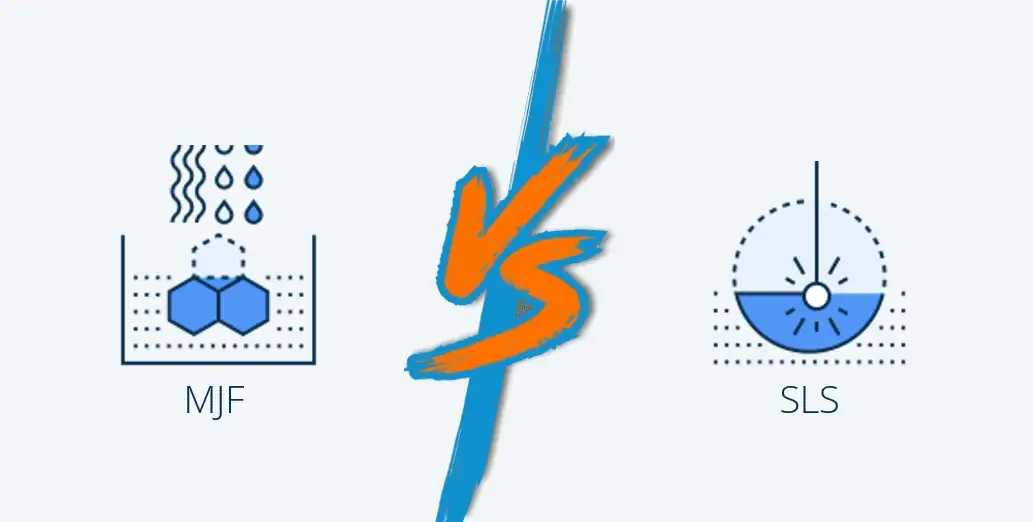
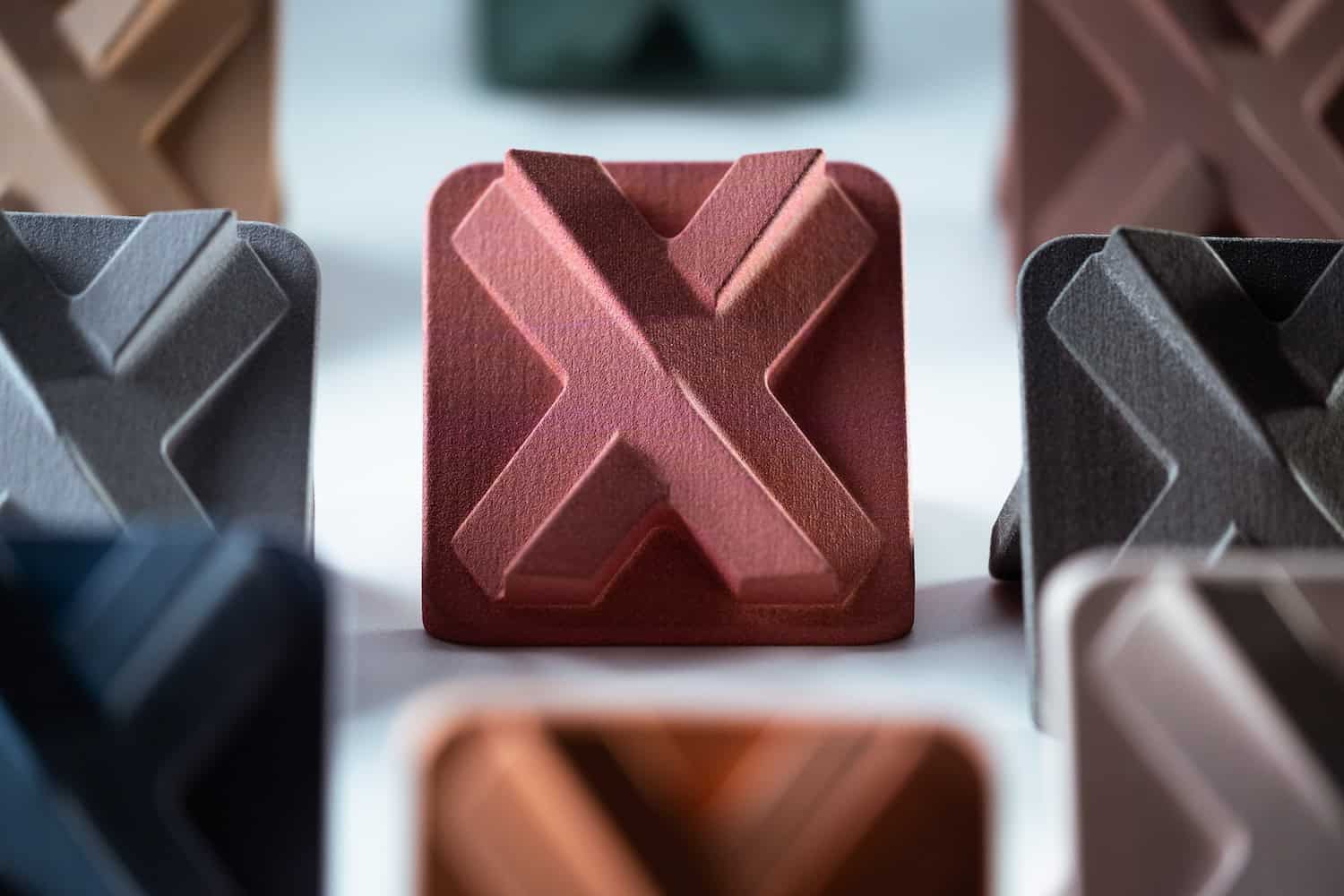

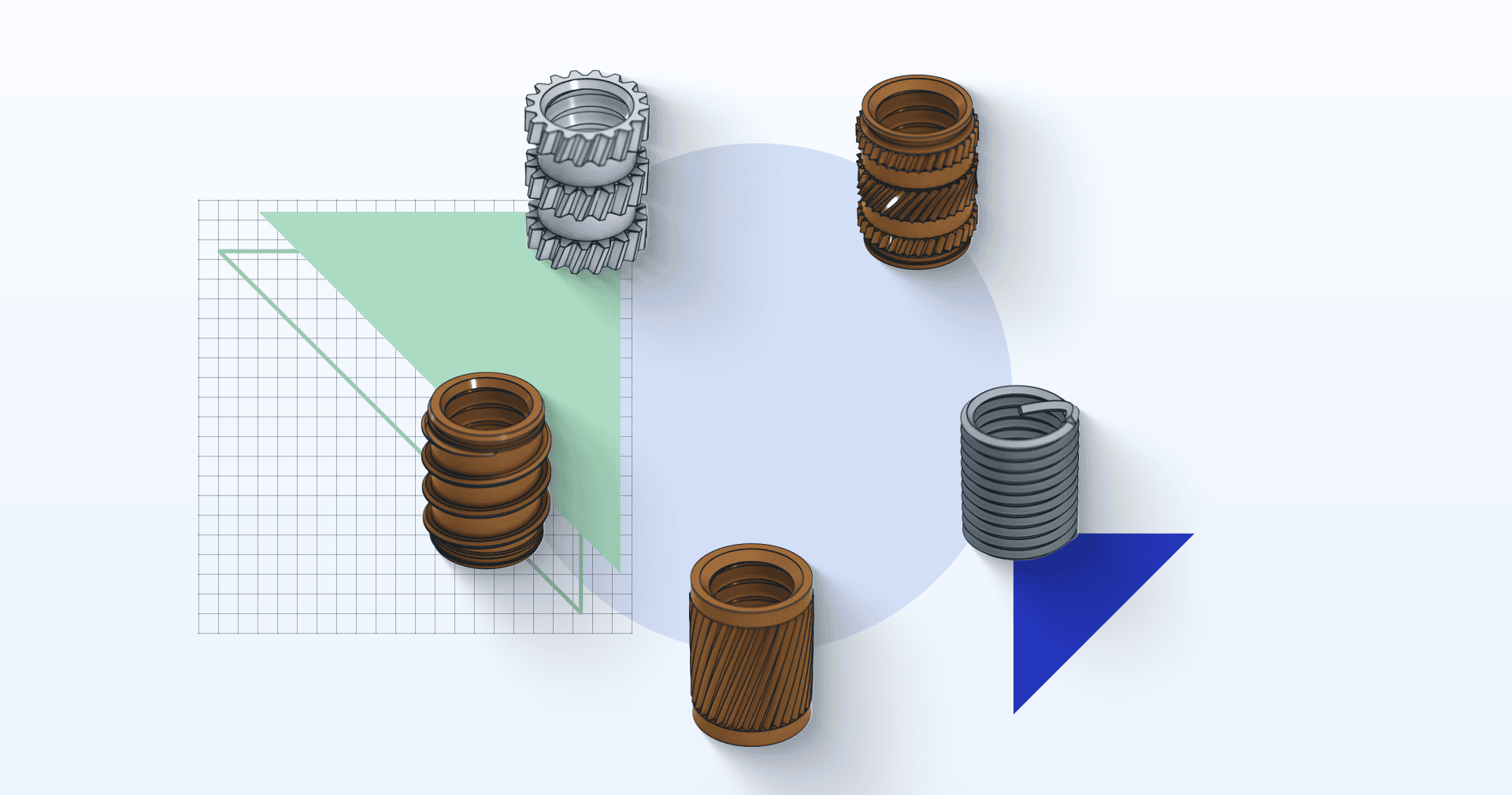
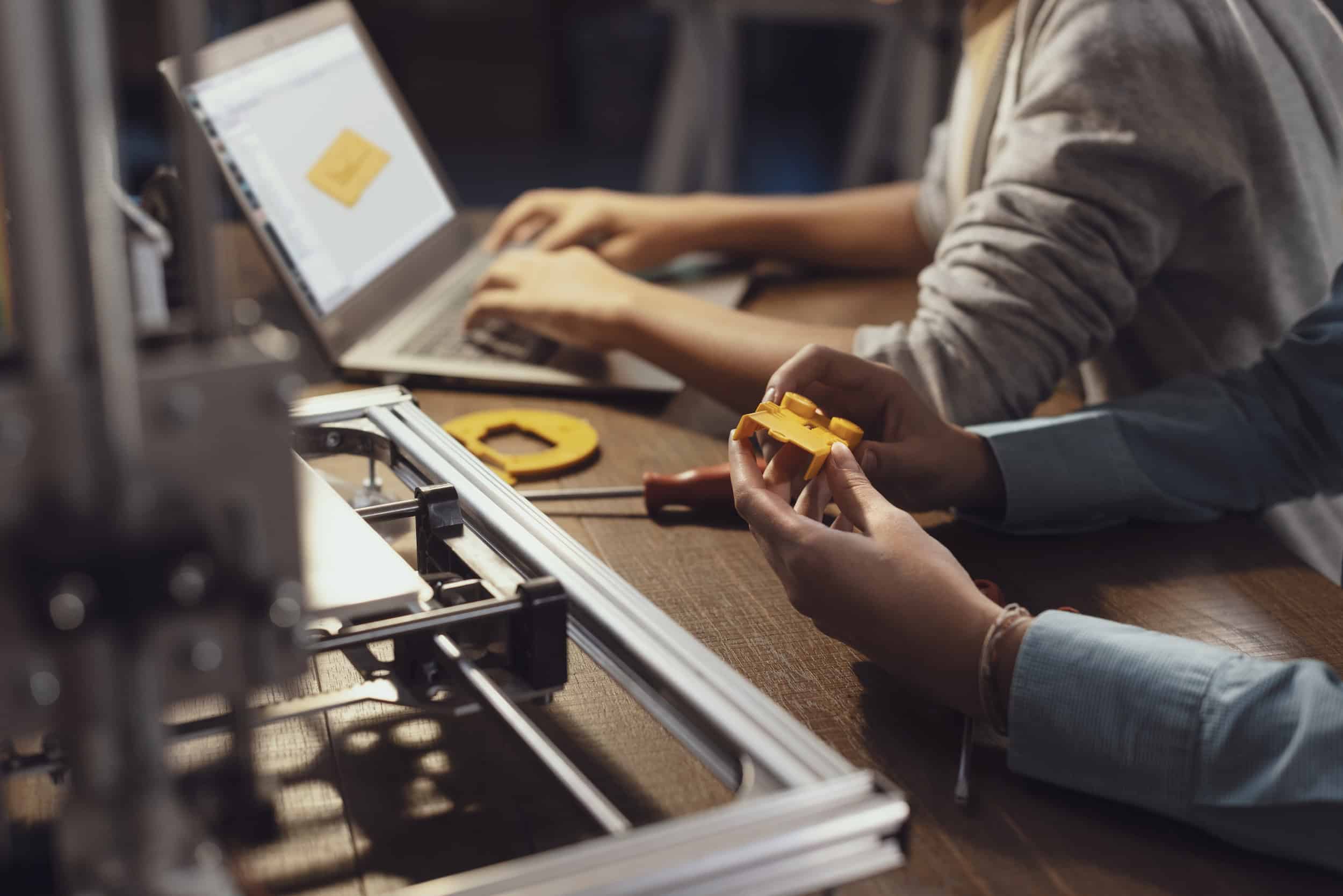
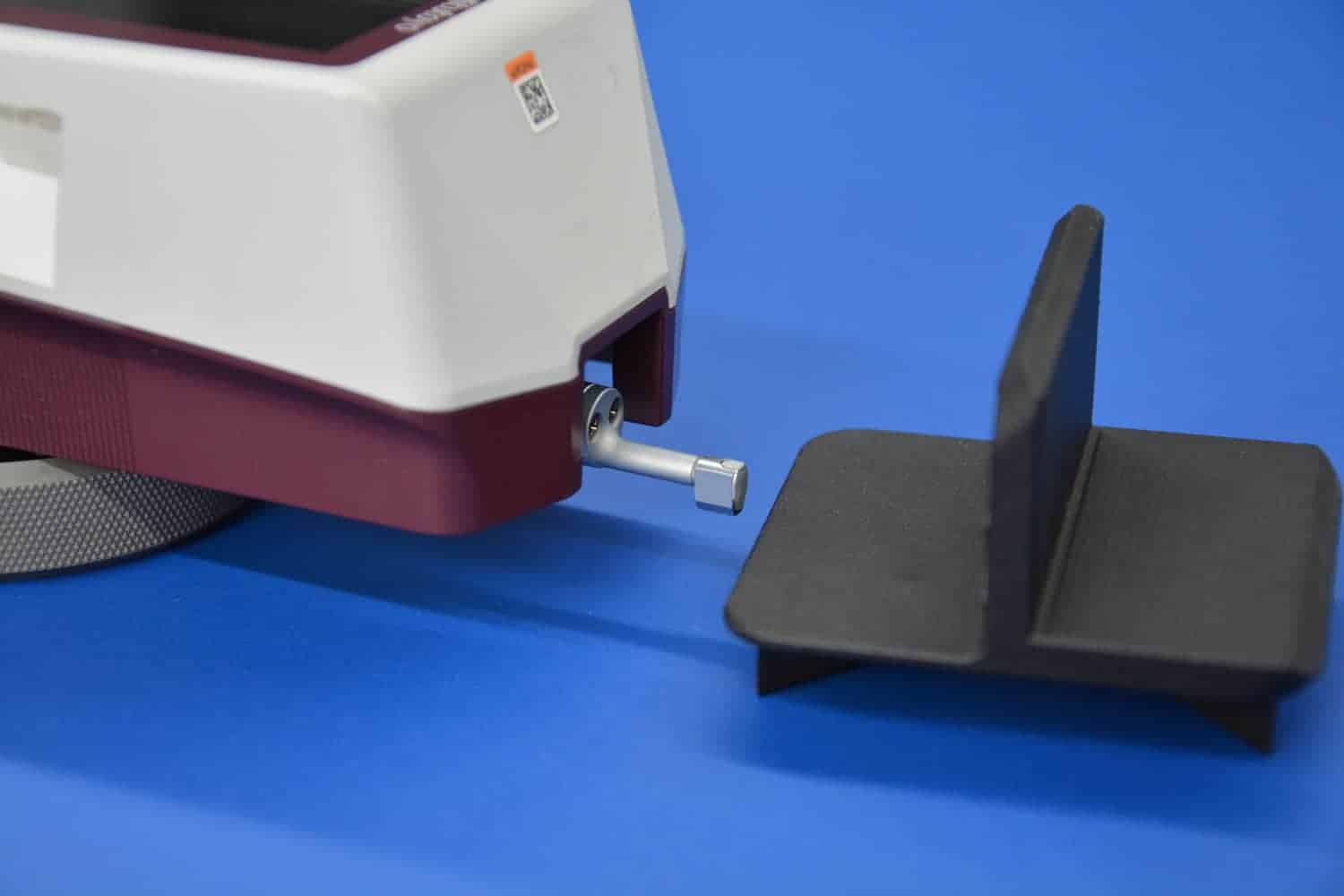


Comment(0)